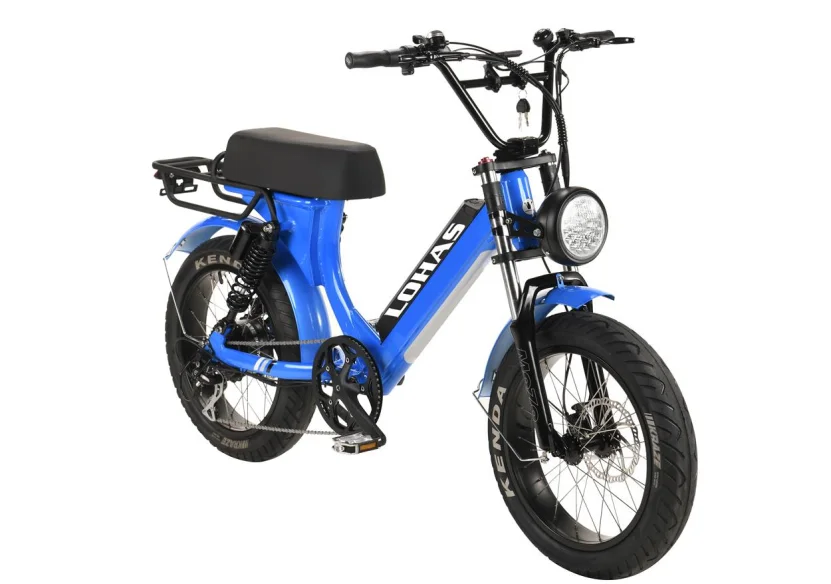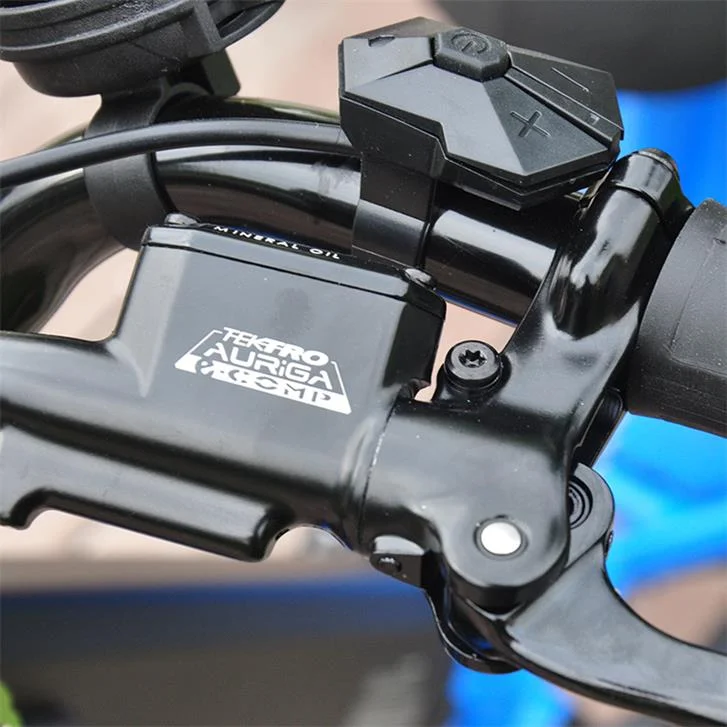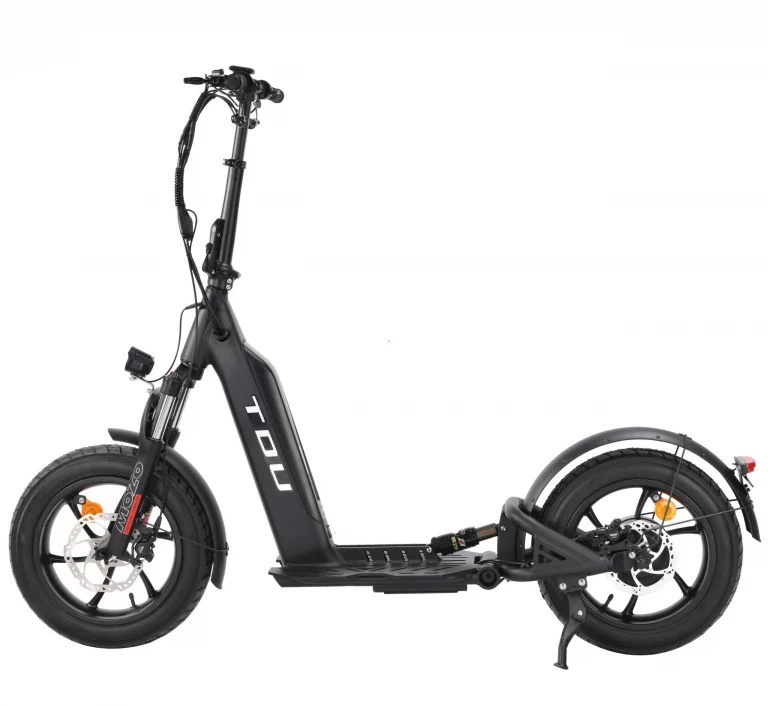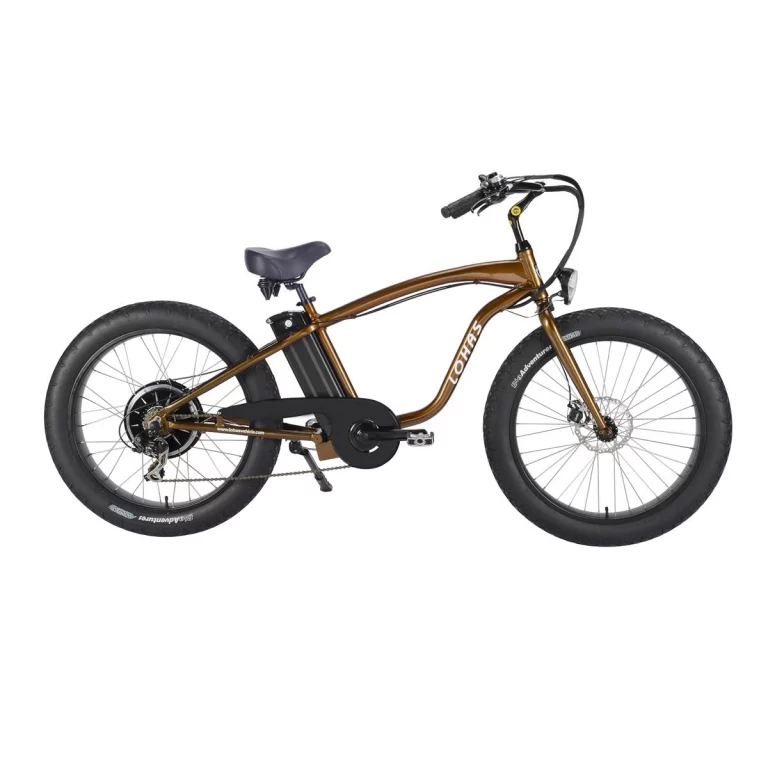Understanding the Basics of Electric and Traditional Bikes
What Is an Electric Bike?
An electric bike—or ebike—is a ride with a motor to juice up your pedaling. It’s got a battery you can charge—powers the motor to pitch in as you go. The kick depends on what you want and the ground you’re tackling. Usually—the motor’s tucked near the pedals in the frame—or sits in a wheel hub. When you start pumping—sensors catch it—and the motor jumps in to lend a hand. That help shifts—from a light nudge on flat stretches—to a hefty push on hills or when you need extra oomph.
Electric bikes open cycling up—to more folks—by cutting the grunt work—and stretching how far you can roll. They’re a hit with commuters—fun riders—and folks eyeing tough trails easy-like.
Key Features of Traditional Bikes
Traditional bikes run on pure leg power—pedaling’s the only juice they’ve got. They’re lighter than ebikes—no motors or batteries weighing ‘em down. You’ll find ‘em in all flavors—road bikes—mountain rigs—hybrids—fit for whatever ride you’re chasing.
Folks love ‘em for their no-fuss vibe—and wallet-friendly tag. Keeping ‘em rolling’s a breeze—think chain grease—brake tweaks—tire checks. Traditional bikes let you dive into a full workout too—no outside boost cutting in.
Comparing Electric Bikes and Traditional Bikes
Performance Differences Between Electric and Traditional Bikes
Electric bikes shine with their motor kick—gives you a boost while you roll. Ebikes packing motors like the Shengyi 500W Brushless Rear Hub Motor—or Bafang 500W—can hit 32 km/h. That’s gold for city dashes—or climbing steep bumps without a sweat. Traditional bikes lean on your muscle alone—tough going over long hauls—or rugged paths.
Plenty of new ebikes toss in slick extras—like suspension setups—or hydraulic disc brakes—for cushy—safe rides. Some sport RST Suspension Forks with lockout tricks—or front/rear Tektro Hydraulic Disc Brakes—for killer grip.
Traditional bikes dish out a raw ride—full say over speed and sweat—with no gizmos butting in.
Cost Considerations: Initial Investment and Maintenance
Electric bikes hit your wallet harder upfront—thanks to their fancy tech. Stuff like lithium-ion batteries—say—48V 17.5Ah ones—and smart screens jack up the price. upkeep tabs can climb too—special bits like motors and controls need tending.
Traditional bikes start cheaper—and keep costs low over time—no tricky electric guts to fuss over. Day-to-day care’s just swapping out worn tires—or brake pads—easy on the cash.
Environmental Impact of Electric vs. Traditional Bikes
Both electric bikes and traditional rigs pitch in—to green living—swapping out gas-guzzlers. But their earth marks differ a bit.
E-bikes vibe with cutting carbon—great for short city hops—instead of cars. They ease road jams—and freshen the air in town.
Traditional bikes leave an even tinier trace—no batteries or juice needed to run. Making ‘em is simpler—less fuss than ebikes.
Advantages of Choosing an Electric Bike
Enhanced Commuting Efficiency with Electric Bikes
Electric bikes hand commuters a slick edge—slash travel time—without wearing you out. They glide over mixed ground easy—perfect for city folks hunting quick ways around. Thumb throttles let you zip fast—no hard pedaling needed.
Battery upgrades stretch ebike range big—some hit 100 km on a charge—in Pedal Assist System (PAS) mode.
How Electric Bikes Support Longer Rides and Steeper Terrains
A top perk of electric bikes—they tackle long stretches—and steep climbs—with no hassle. You can tweak the motor boost—to match the land—or how beat you feel.
For hilly spots—or folks low on steam—ebikes break barriers traditional cycling throws up. That wide-open feel’s made ‘em a fave—across all kinds of riders.
The Role of Technology in Modern Electric Bikes
Tech leaps have sparked electric bike love—worldwide. New ebikes flaunt smart screens—like APT 850C Color LCDs—dishing live ride scoop—and heaps of assist choices.
Safety gets a bump too—with hydraulic disc brakes—locking solid stops—at high speeds—or in rough weather. Better battery zip nixes range worries—builds trust for long hauls.
Benefits of Opting for a Traditional Bike
Simplicity and Ease of Maintenance in Traditional Bikes
Traditional bikes get cheers—for their straight-up build—that makes upkeep a snap. No motors—batteries—or controls to muddle things like ebikes have. That cuts breakdown odds—and keeps fixes simple. Riders can handle basics—like chain oiling—brake nudges—or tire swaps—without fancy gear or know-how.
They’re lighter too—no heavy batteries or motors bogging ‘em down. That light touch boosts handling—and makes stashing or lugging ‘em a cinch. For folks who dig low-hassle rides—and like tinkering themselves—traditional bikes hit the spot.
Fitness and Health Benefits of Riding a Traditional Bike
Pedaling a traditional bike’s a killer way—to boost your shape—and feel good. It’s all you—no motor help—so you’re working legs—heart—and torching calories. Unlike ebikes with a push—traditional rigs need steady pumping—builds staying power.
Riding regular cuts risks—like heart trouble—or sugar woes. It’s easy on joints too—fits all ages. Plus—it pulls you outside—for fresh air—and killer views—while keeping you moving.
Factors to Consider When Deciding Between an Electric Bike and a Traditional Bike
Evaluating Your Riding Needs and Preferences
Picking between an electric bike and a traditional one—starts with sizing up what you need—and like. Electric bikes fit commuters—chasing quick hauls over long runs—or hilly patches. Adjustable assist levels let you dial motor help—to match the ground—or your steam. That’s a win—for folks short on puff—or in steep zones.
Traditional bikes suit those gunning for fitness—or loving cycling’s raw feel—no tech in the mix. If you want full rein over speed—and sweat—by pedaling alone—a traditional rig’s your jam.
Budget Constraints: Electric Bike vs. Traditional Bike Costs
Cash weighs big—when choosing between these rides. Electric bikes cost more off the bat—thanks to slick bits like lithium-ion batteries—and motors. Models with 500W Brushless Rear Hub Motors—or removable 48V batteries—pack punch—but hit your wallet harder.
Traditional bikes kick off light on cash—no fancy electric guts to buy. upkeep’s cheaper too—no special parts—or motor fixes to sweat. For folks watching pennies—and wanting a cheap roll—traditional bikes save big—up front and down the line.
Terrain and Distance: Choosing the Right Type for Your Route
The ground you ride shapes—what bike fits best. Electric bikes rule mixed trails—motor help cuts the grind. You can climb steep stuff—or dodge rough spots—without huffing—great for city runs—or wild joyrides.
Traditional bikes shine on flat paths—or short hops—where leg work’s no biggie. They give you tight speed tweaks—for chill spins—but can tax you on hills—or long treks—with the extra push needed.
Frequently Asked Questions
What factors should I consider when choosing between an electric bike and a traditional bike?
Weigh what you ride for—like commuting or fun—cash limits—ground you’ll hit—and fitness kicks you want—before picking.
Are electric bikes suitable for beginners?
Yup! Electric bikes dish adjustable assist—lets newbies ease in—with motor backup while rolling.
How does maintenance differ between electric bikes and traditional bicycles?
Electric bikes need special care—for motors and batteries. Traditional bikes stick to simple stuff—like chain grease—or brake tweaks.
Can I use an electric bike for long-distance travel?
You bet! Lots of new ebikes stretch far—some hit 100 km a charge—in PAS mode—perfect for big commutes.
For more scoop on primo electric bikes—tuned to your taste—hit up Yongkang LOHAS Vehicle Co., Ltd.—where fresh ideas meet green vibes.






